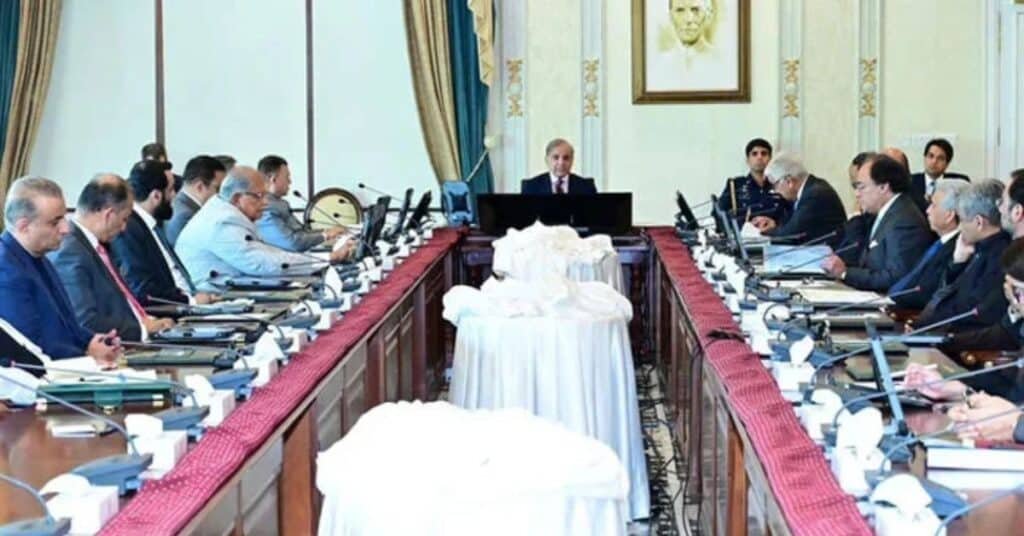WEBDESK: Tehran launched more than 100 drones at Israel on Friday morning, not long after Israel announced the beginning of a major operation against Iran, with a wave of airstrikes targeting Iranian nuclear facilities, military commanders and top scientists.
Tensions between Iran and Israel have reached a dangerous new level after a major airstrike carried out by Israel targeted Iran’s nuclear facilities and top military leaders.
The Israeli operation, known as Operation Rising Lion, involved around 200 fighter jets and targeted several key locations across Iran, including the Natanz nuclear site. The attack resulted in the deaths of several high-ranking officials, including Islamic Revolutionary Guard Corps (IRGC) commander Hossein Salami and Chief of Staff Gen. Mohammad Bagheri. Several nuclear scientists also reportedly lost their lives.
Israel Defense Forces (IDF) spokesman Brigadier General Effie Defin said in televised remarks on Friday that Iran had launched more than 100 drones and that Israel’s air defences were already “working to intercept the threats.”
Israeli media said the first drones were expected to reach the country’s airspace around noon local time, which would be about 4 a.m. Eastern, but the IDF confirmed it was already targeting approaching drones outside of Israeli airspace on Friday, amid reports of air raid sirens and possible interceptions in Saudi Arabia and Jordan.
Israel has stated that the preemptive strike was necessary to prevent Iran from developing nuclear weapons. However, the move has sparked serious international concern, with the United States clarifying that it was not involved in the airstrike, though U.S. officials were aware of the operation beforehand. Washington has called for both sides to avoid further escalation.
Israel’s unprovoked strike
Tehran state media said the Israeli strikes hit several cities, including the capital of Tehran and the city of Natanz, a key center for their uranium enrichment program. The attacks also killed Hossein Salami, the leader of the Islamic Revolutionary Guard Corps, and other senior figures, Defin said on Friday.
The IDF said its operation would continue for days, but that the first wave consisted of 200 Israeli fighter jets dropping “over 330 different munitions,” hitting more than 100 targets in Iran.
Officials had quickly threatened retaliation, with Supreme Leader Ayatollah Ali Khamenei saying Israel “should await a harsh response.”
The U.S. was not involved in Israel’s strikes, Secretary of State Marco Rubio said, adding a warning that “Iran should not target U.S. interests or personnel.”
IAEA says Iran’s nuclear sites safe after Israeli strikes
The United Nations’ nuclear watchdog agency, the IAEA, said in a series of social media posts that its Director General Rafael Grossi had been in contact with Iranian authorities on Friday who told him the country’s highly-sensitive and highly-secured Fordo nuclear site “has not been impacted” by the Israeli strikes.
The IAEA also said, “Bushehr Nuclear Power Plant has not been targeted and that no increase in radiation levels has been observed at the Natanz site.”
Iran closes its airspace
The exchange of fire between the Middle East’s bitter foes quickly stopped international air travel in the region. Dubai International Airport said in a message posted on social media that some flights at the facility, and at Al Maktoum International Airport, “Al Maktoum International Al Maktoum International were “cancelled or delayed due to airspace closures over Iran, Iraq, and Syria.”
The airport said it was “working to manage the disruption and support affected guests,” and urged travellers to check with their airlines before coming to either airport.
Iran-US talks to still take place despite
The Israeli strikes and Iranian counterattack came amid efforts by President Trump to strike a new deal with Tehran to limit the country’s nuclear ambitions – an idea Israel has long been suspicious of.
The U.S. and Tehran are still set to hold talks on Sunday, multiple U.S. officials have confirmed.




